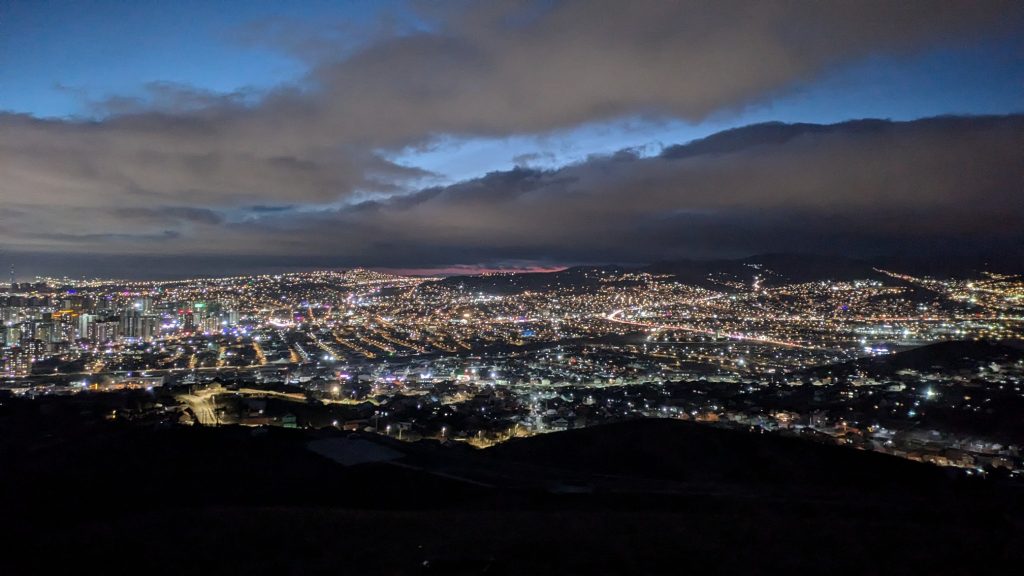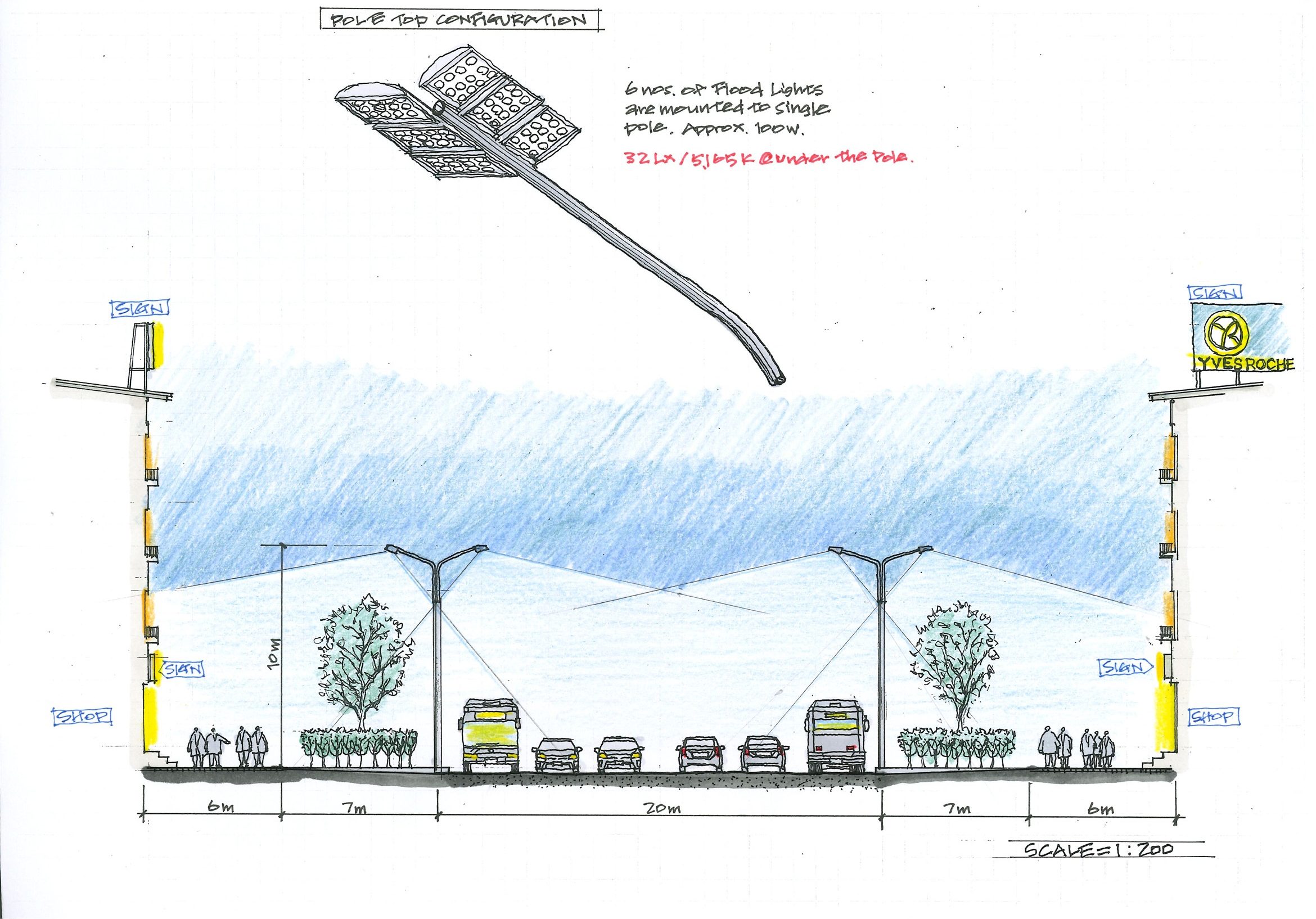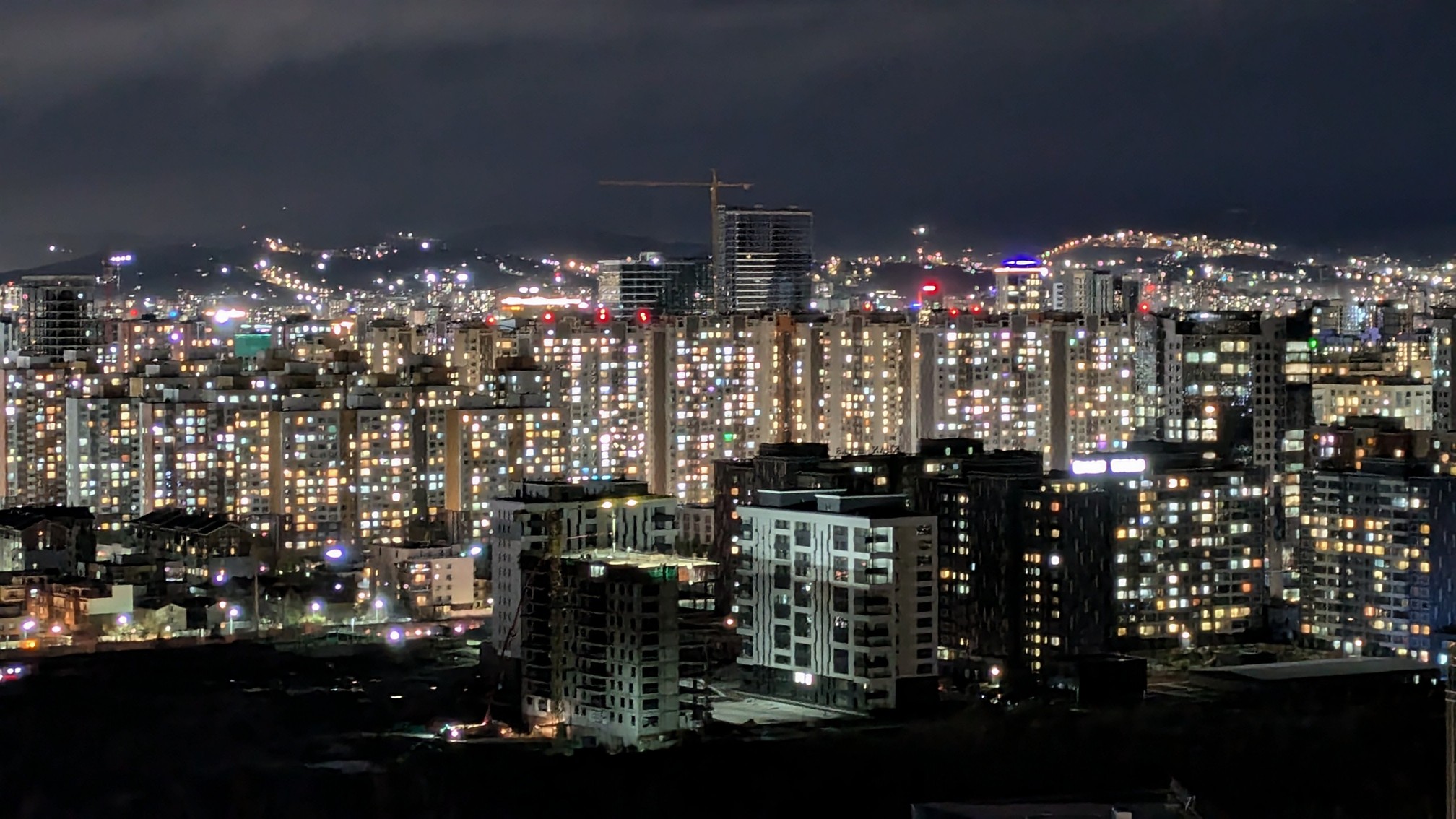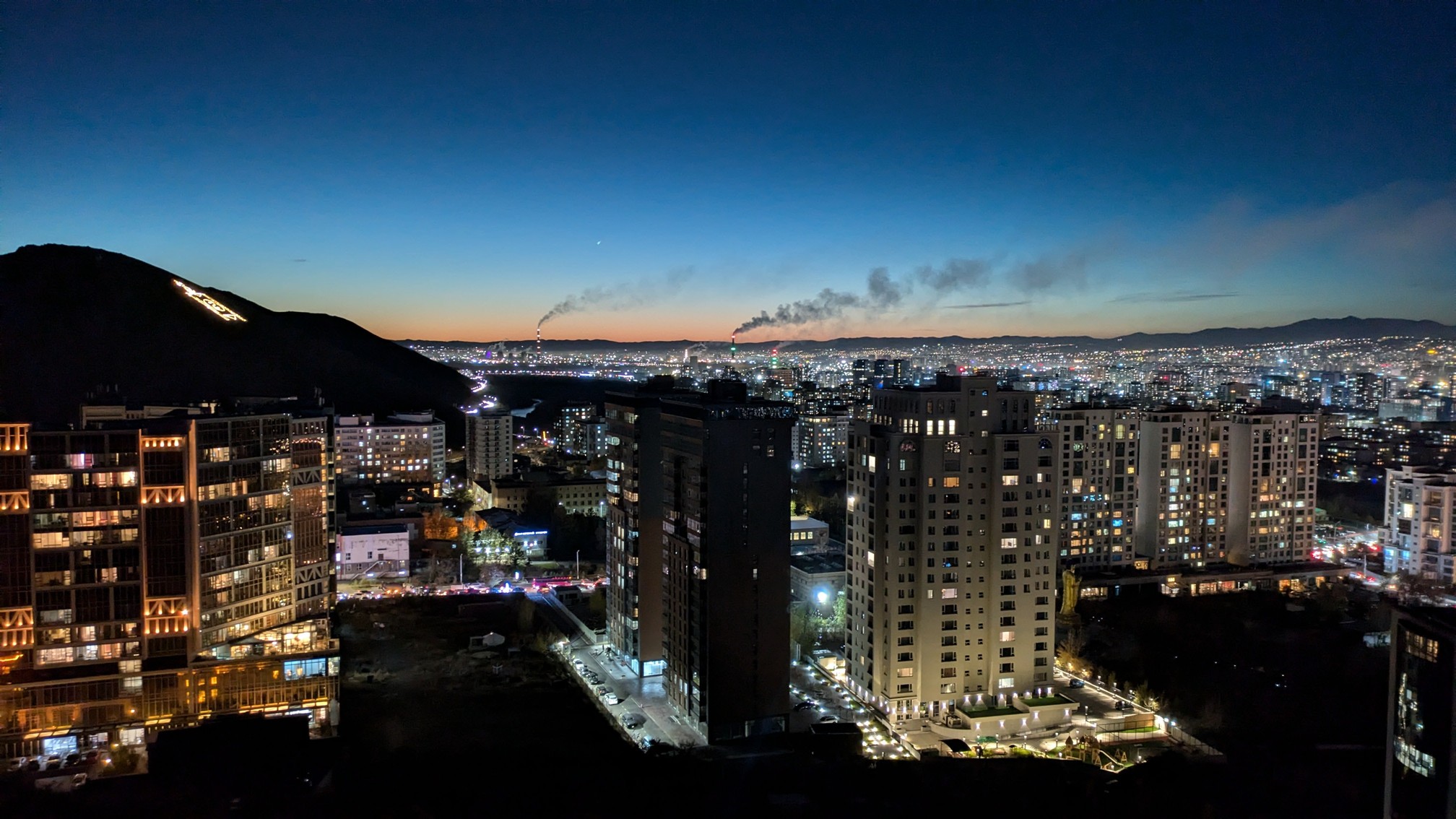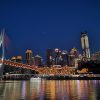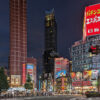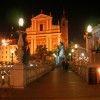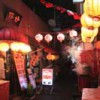2024.10.01-10.05 Atsushi Itakura & Genki Watanab
When thinking of Mongolia, many people may imagine vast grasslands and nomadic gers, but the
rapidly developing capital city of Ulaanbaatar also deserves attention.
Despite being only about five and a half hours from Japan, few people are familiar with its current
state.
This visit, conducted through an urban lighting survey of Ulaanbaatar, provided a valuable
opportunity to discover an unexpected side of Mongolia.
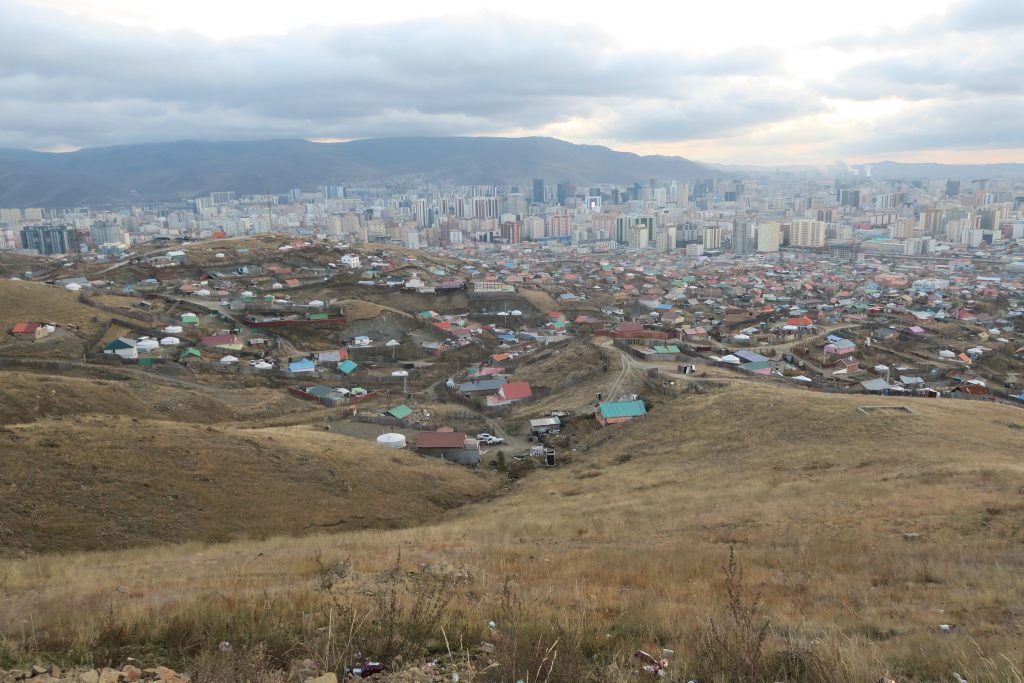
■What Kind of Place Is Mongolia?
When we think of Mongolia, the first image that often comes to mind is of vast grasslands stretching out endlessly, dotted with “gers”—the traditional dwellings of nomadic herders. For Japanese people, there’s also a sense of connection through cultural and historical ties, such as the shared heritage linked to the Mongolian spot (mongolian birthmark) and the many Mongolian sumo wrestlers who have found great success in Japan.
Despite being only a five-and-a-half-hour flight away from Japan, Mongolia is a country that feels both near and distant—close in proximity, yet far in familiarity. Though we may feel an affinity toward Mongolia, the reality is that most people know very little about its present state.
With this simple curiosity as our starting point, we embarked on a 5-day, 4-night survey of urban lighting in Ulaanbaatar, the capital of this rapidly developing nation.
■Topographical Characteristics of Ulaanbaatar
Ulaanbaatar covers an area of approximately 4,700 square kilometers and is divided into nine districts. The city is flanked by hills to the north and south, while the central urban area stretches out from east to west. On the city’s western side—primarily the commercial zone—large-scale urban development is underway. There are also plans to develop a new urban center around Chinggis Khaan International Airport, located about 50 kilometers south of the city.
Meanwhile, the hillsides in the northern and northwestern areas are home to what is known as the “ger districts”, where many nomadic families who have migrated to Ulaanbaatar reside. These districts maintain a more traditional, nature-oriented way of living. (Atsushi Itakura)
■Peace Avenue
Ulaanbaatar’s city center is overwhelmingly dominated by cars, many of which speed through the streets. At major intersections of arterial roads, terminals decorated with LED lights are installed to manage traffic, with attendants busily directing vehicles. It’s almost like a performance, and one can’t help but watch in fascination.
Peace Avenue is the city’s main thoroughfare running east to west. On both sides of the wide, six-lane road stand buildings in the Stalinist architectural style, remnants of the former Soviet era. Many of these buildings house shops on the ground floor and residences on the upper levels. The avenue also features a 7-meter-wide planted median strip and 6-meter-wide sidewalks on each side, contributing to a classic main street atmosphere.
On major roads in the city, the street lighting for roadways also serves to illuminate the sidewalks. Atop 10-meter-high pole lights are 100W-equivalent LED modules directed outward in both directions. While these lights lack glare control and are extremely bright, they efficiently and evenly illuminate a roughly 50-meter-wide area encompassing both the road and sidewalk. Additionally, since the street is flanked by white-walled buildings, it appears even brighter than the measured illuminance suggests. These same pole lights are used throughout most of the city, with a measured illuminance of 32 lux directly below and a color temperature of 5000K.
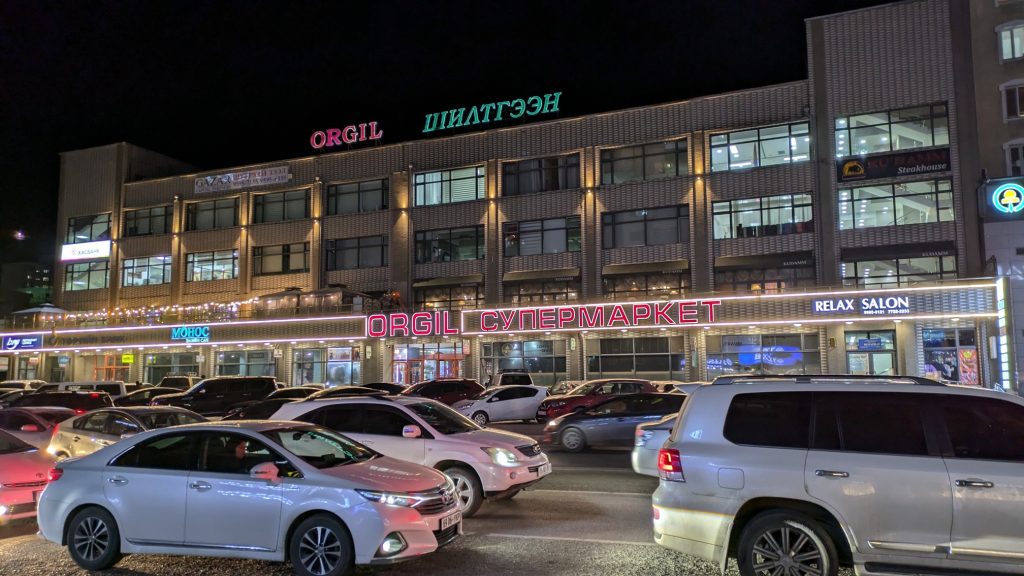
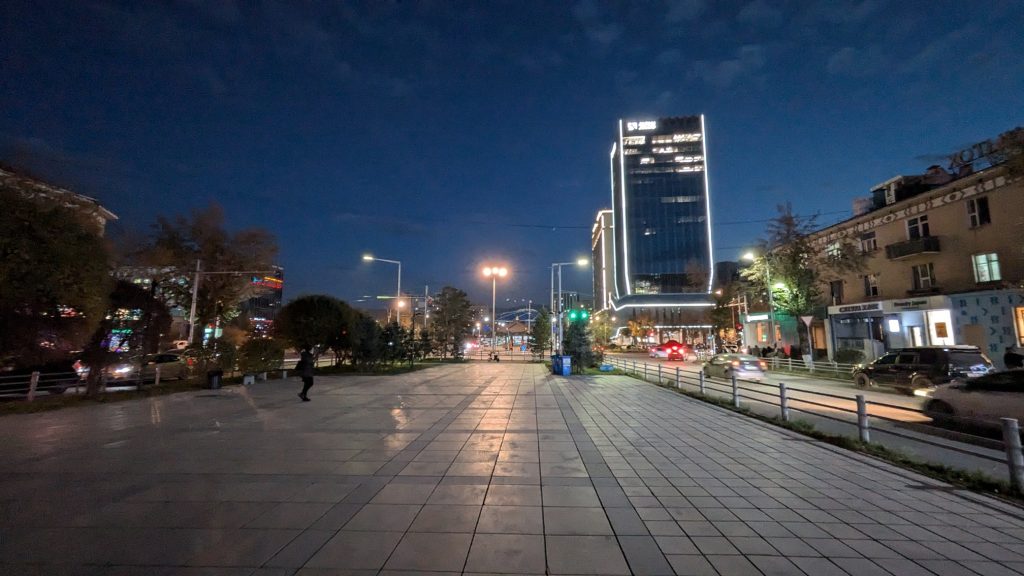
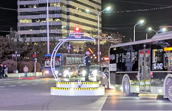
■Urban Lighting
As we walked through the city, it became evident that lighting is concentrated particularly around roadways and plazas adjacent to major streets and buildings. A basketball court installed beside a road was brightly illuminated by LED floodlights even late at night, with many young people enjoying sports under the lights. Additionally, mobile containers were repurposed as kiosks or bus ticket booths, drawing crowds of people around them.
Various modern art pieces and sculptures are installed along major roads and are lit up with colorful lighting even at night. In contrast, stepping into a narrow alley immediately reveals a stark difference in brightness—so dim that one has to strain their eyes to see.
The Tuul River, which flows east to west through the city, serves as a boundary dividing the city center from other areas. Standing at the center of a bridge crossing the river, one can clearly observe a sharp contrast in brightness between the two sides. This distinct contrast between major zones and surrounding areas is also evident in the city’s outdoor landscape. Looking at the windows of nearby apartment buildings, a variety of light colors and hanging pendant lights could be seen, suggesting that residents enjoy and take individual pleasure in their own indoor lighting choices.
At the heart of the city lies Sükhbaatar Square, which also houses government buildings. Administrative agencies, museums, and courthouses surround the square. On the north side stands a statue of Mongolia’s national hero, Chinggis Khaan, while on the south side is a statue of Sükhbaatar, the father of the People’s Revolution.
During the day, the square is bustling with tourists taking commemorative photos. At night, the buildings surrounding the square are each individually illuminated. While building illumination is rare in other parts of Ulaanbaatar, every structure around Sükhbaatar Square is lit up in a conspicuously flashy manner.
However, there is no overall sense of unity in the lighting design. In some cases, floodlights attached to building facades even shine directly into interior spaces. Light sources suddenly switch on or off without transition, and some lights remain broken, suggesting a lack of planning or understanding of how to manage lighting and visual environments. Large floodlights are installed on all four sides of the square to illuminate the space as a whole, but again, there is no glare control or effective light distribution. As a result, the square remains quite dark overall and is not an environment conducive to enjoying nightscape.
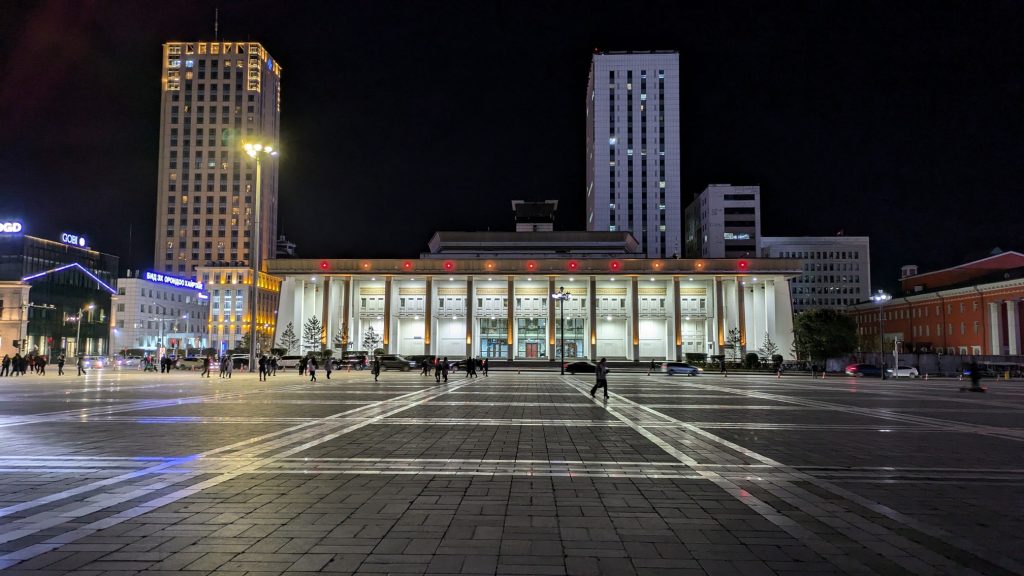
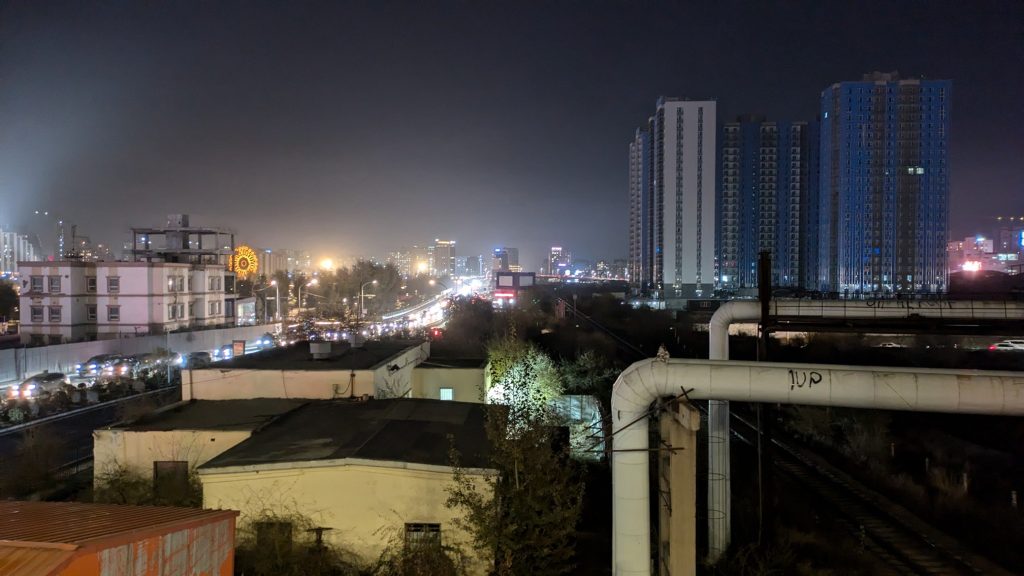
and the suburbs
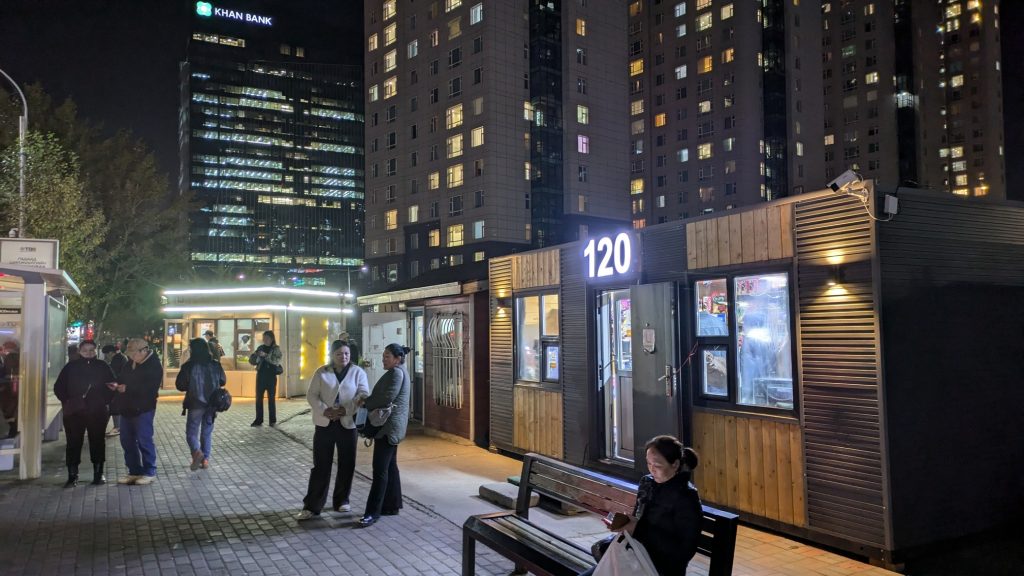
in the urban area
■Ger Residential Areas and the City’s Light
The Dari Eh Complex is located on a small hill to the north of Ulaanbaatar and sits within a residential area where people live in gers. These ger districts, scattered around the city, are settlements formed by people who have moved to Ulaanbaatar seeking economic opportunities and jobs. Although electricity has now been introduced, infrastructure such as water supply and gas is still lacking.
It seems that most adults go to work in the city center during the day. Many children could be seen using carts to carry water from the foot of the hill. When I asked for directions, they were wary at first but kindly helped me.
After walking about 30 minutes to the top of the hill, I looked down on the city and saw the urban nightscape of Ulaanbaatar abruptly end, with the lights of the ger districts spreading out along the ridgeline. The way the lights of these settlements gathered around the concentrated infrastructure and information of the urban center felt like a symbolic nightscape of present-day Ulaanbaatar. (Genki Watanabe)
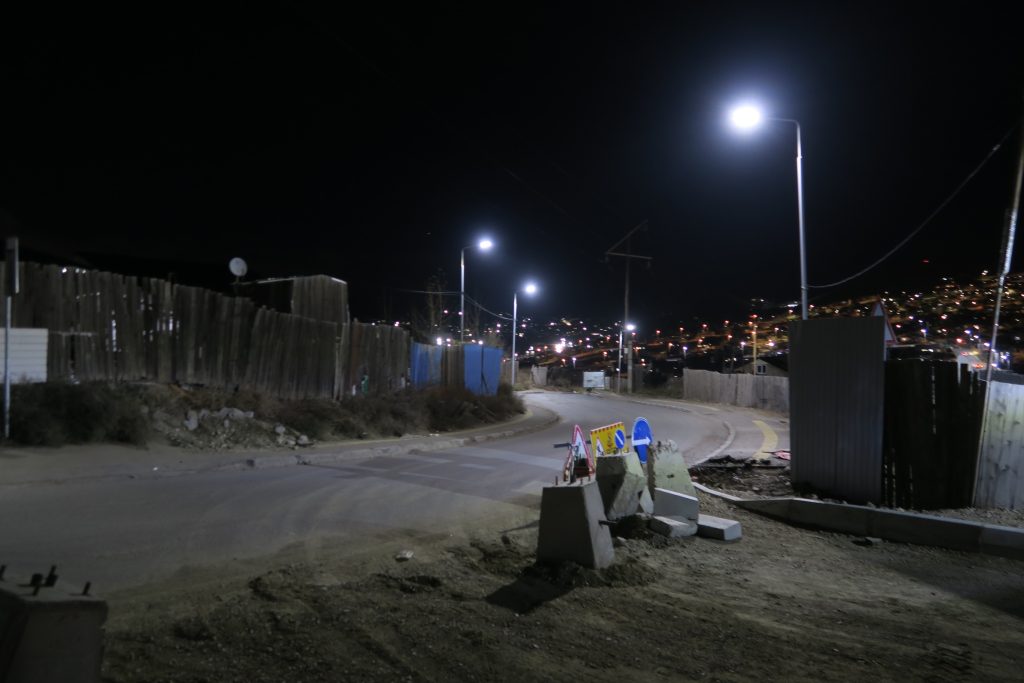
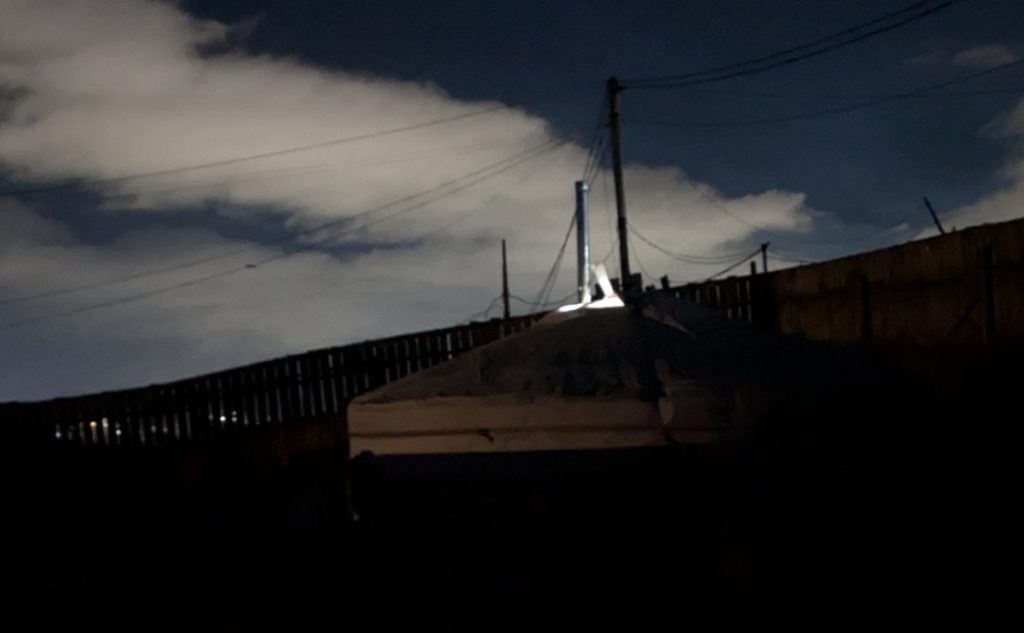
■Nightscape Observation from Above – Ulaanbaatar
On the day after our arrival, we conducted an evening-to-night observation of Ulaanbaatar’s nightscape from Zaisan Tolgoi, a hill to the south of the city, in order to grasp the overall scale of the urban area.
During the day, the hills that form the backdrop of the city were clearly visible, and in the warm glow of the western sun, the scene took on the appearance of a mountain city. However, after sunset, the nightscape was obstructed by the newly built residential areas in the foreground, transforming the view into a generic urban nightscape lacking distinctive features.
Although we had hoped to make new discoveries, our initial observation yielded less than satisfactory results. We decided to revise our nightscape observation plan and, after checking the weather forecast, narrowed down our target location for the day before our return. With help from a driver we had become friendly with, we headed to another elevated observation point—Dari Eh Complex Park, located on a hill north of the city and near the ger district. That day brought the coldest weather of our stay, and the survey was conducted in sub-zero temperatures. Relying on Google Satellite images, even our driver got lost for nearly an hour before finally reaching the location.
What awaited us there was a truly breathtaking nightscape. The scattered lights of the ger district lining the ridgeline, the streams of car headlights in heavy traffic, the glow from the city center, and the drifting clouds tinged by the setting sun—all came together in a spectacular scene. It felt as though we had finally found the view we had been searching for. The juxtaposition of the outlying ger districts, the emerging residential areas, and the rapidly developing city center offered a striking microcosm of present-day
Ulaanbaatar.
This journey was an investigation into the challenges faced by Mongolia’s capital, Ulaanbaatar, through the lens of urban lighting. Yet what left the deepest impression were the people we met—open-hearted and resilient, living with strength in this harsh, cold land. We were told that the city’s urban planning goals look toward Sapporo, a city in Japan’s northernmost region of Hokkaido, which also endures severe winters. Still, I sincerely hope that Ulaanbaatar can pursue a unique cityscape—one that harmonizes with Mongolia’s rich cultural heritage and natural environment. (Atsushi Itakura)
